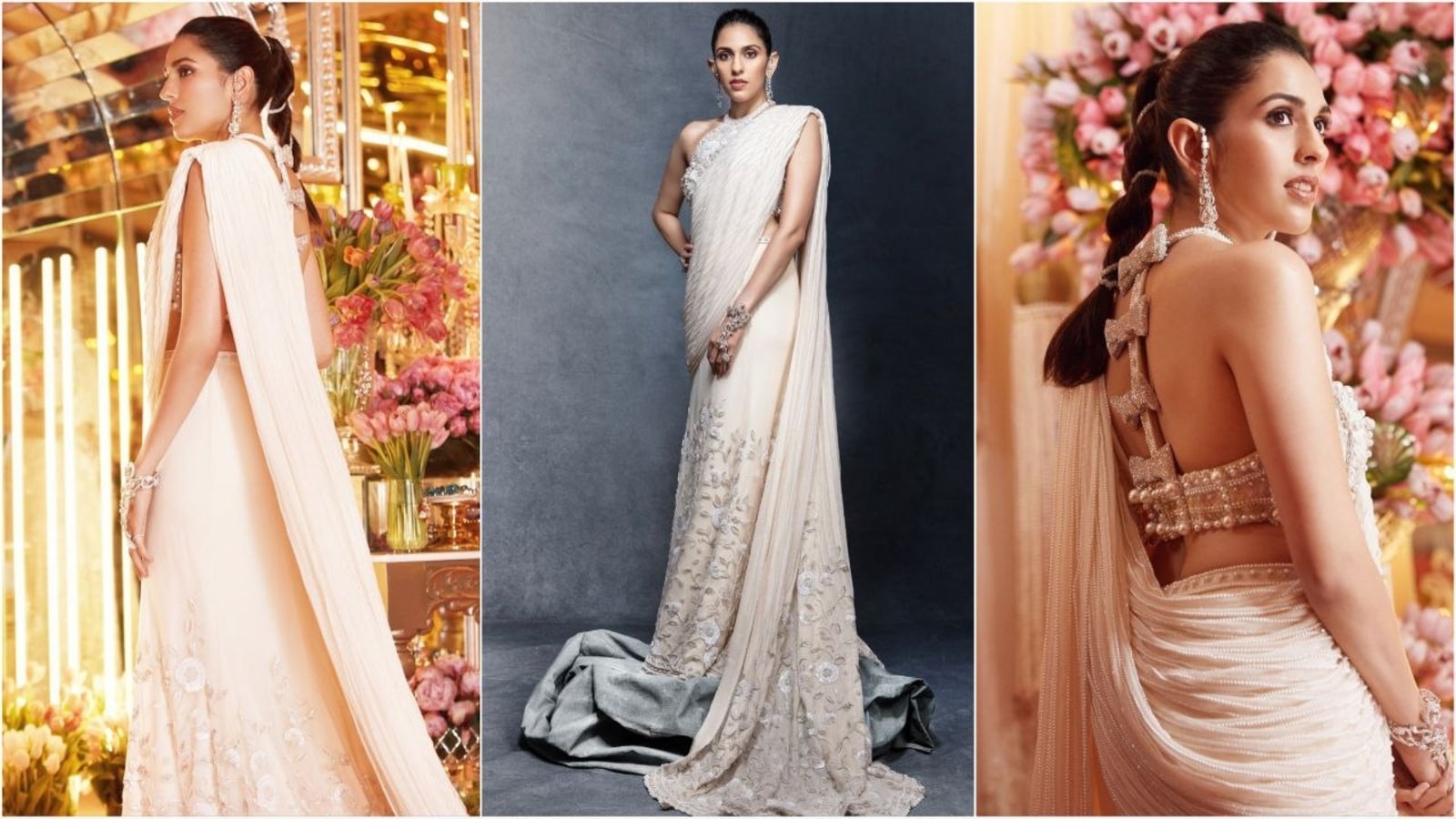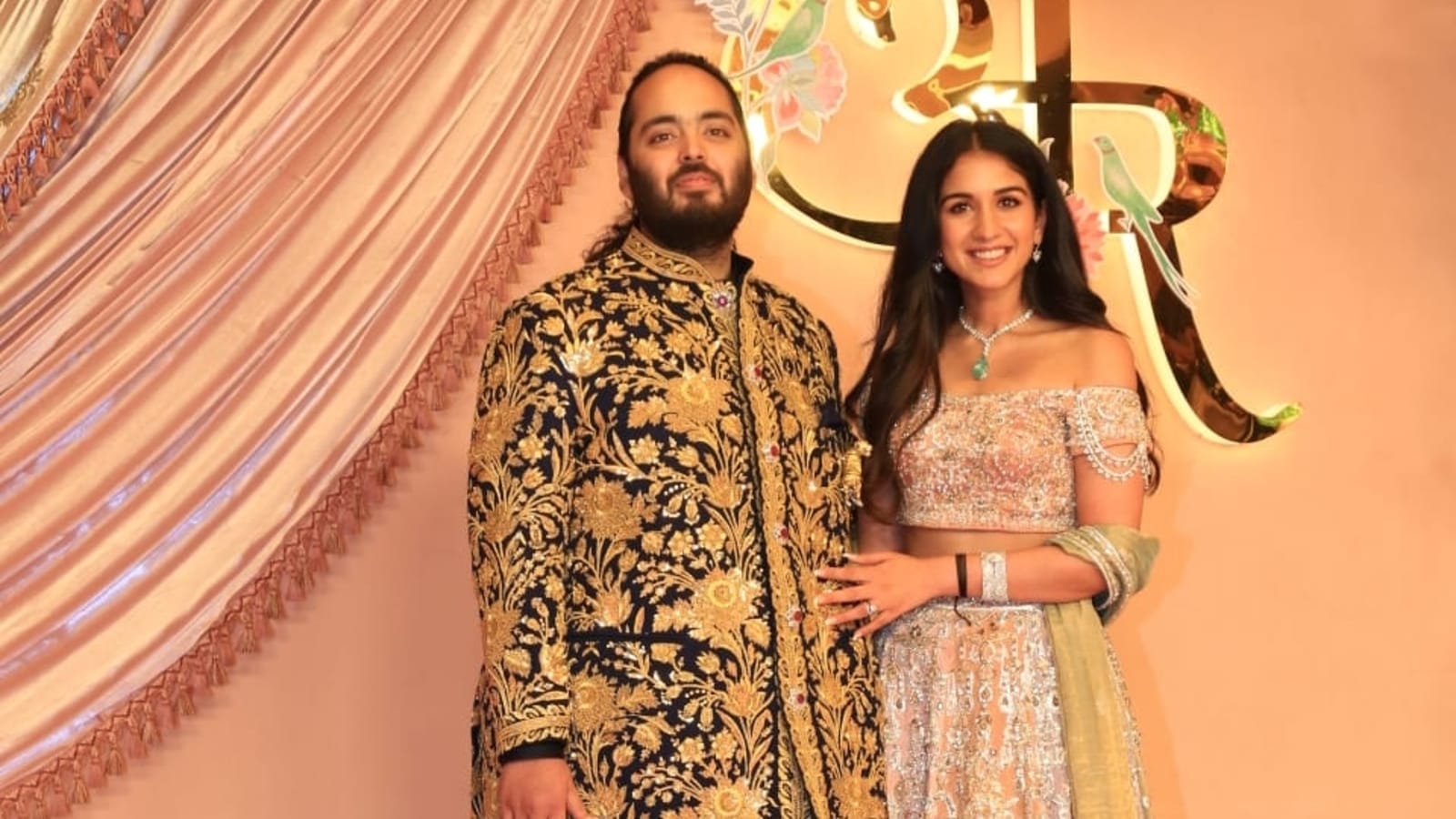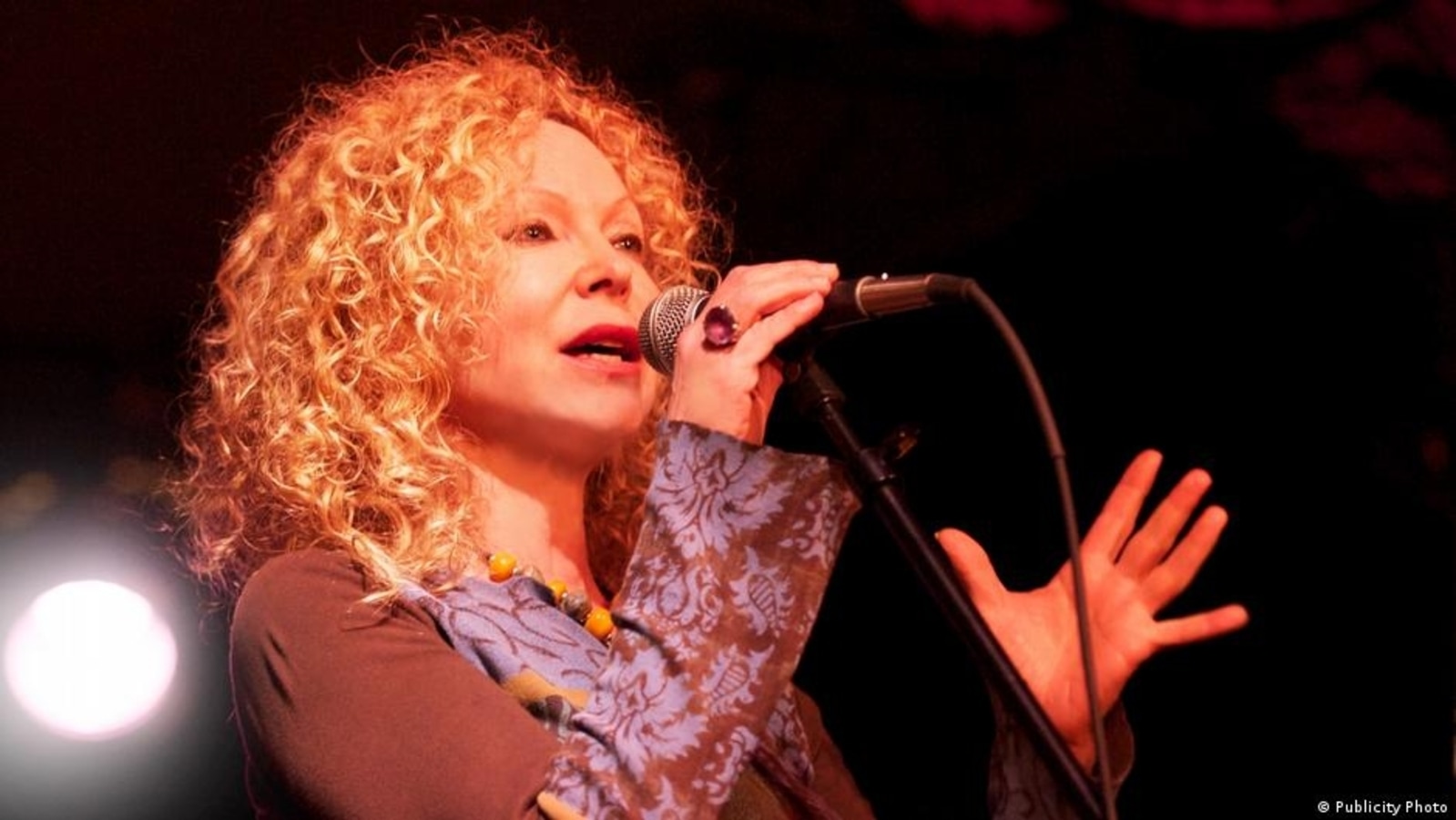BEJEWELLED AND brocaded, she gazes serenely at the viewer. Her complexion is as smooth and creamy as a split almond; her cheeks are the colour of ripe peaches. The painting’s deep blue background enhances her youthful beauty. Her lips bear the hint of a smile—she is, perhaps, happy with how she looks.
Agnolo di Cosimo, better known as Bronzino, finished the portrait of Eleonora di Toledo, the Duchess of Florence, in 1545. The mesmerising oil painting demonstrates the artist’s skill. But it reveals another story, too: of an ambitious woman who accrued power despite the constraints imposed on her sex. It is not by accident that a copy of the portrait appeared in “The Favourite”, a historical drama of 2018 about machinations in the court of a female monarch. Visitors to Florence can see the painting in its full majesty in an exhibition devoted to the duchess at the Palazzo Pitti, an estate she bought around 1550.
High-profile figures have long sought to shape their public personas. In the 16th century, portraiture was a useful tool; in the 21st, royals and celebrities tend to opt for a tell-all memoir or a podcast to influence how they are perceived. (Though visual art remains important, as the photographs released by royal families to mark birthdays and holidays attest.) Eleonora understood it was important to be in control of the finished product: it is thought that she commissioned the painting. Today the equivalent might be appointing your own biographer or producing a documentary about yourself.
Eleonora was the scion of an aristocratic Spanish family with ties to the Habsburg monarchy and she married Cosimo, the young Duke of Florence, in 1539. (Cosimo had assumed the title two years earlier after his unpopular relative, Alessandro de’ Medici, was assassinated.) As Alessandro had no legitimate heirs, his death left the Medici line in limbo. To secure the Medici hold over Florence, Cosimo needed children. Eleonora delivered 11 babies—including two sons within the first five years of marriage.
Dynastic stability was the message Eleonora wanted to convey. Bronzino associates his subject with an abundance of womb and purse. Round, lustrous pearls encrust her gown and hair. Pomegranate motifs, symbols of fecundity, are emblazoned across her sumptuous dress. Florentines and foreign nobles encountering Bronzino’s tableau would have been struck by the presence of the duchess’s second-oldest son, who peers out from beneath her arm. It marked the first time that a ruling European woman had posed with an heir in a state portrait.
The painting projected Medici’s wealth and power to the world: an estimated 40 replicas of it were sent as diplomatic gifts to ruling families elsewhere. She was an active participant in public life: by the time Bronzino completed the painting, Eleonora had already stepped into her husband’s shoes three times as regent. Some Florentines grumbled that an untrustworthy Spaniard was roaming the Medici palace, but, on the whole, the arrival of this foreigner into the ruling family was a success. The Medici dynasty would rule Florence for the next two centuries; without that luminous painting, friend and foe may have looked differently at Cosimo and his radiant wife. Put simply, the portrait helped to set the course of Italian history.“Eleonora di Toledo and the Invention of the Medici Court in Florence” is showing at the Palazzo Pitti in Florence until May 14th.
© 2023, The Economist Newspaper Limited. All rights reserved. From The Economist, published under licence. The original content can be found on www.economist.com















+ There are no comments
Add yours